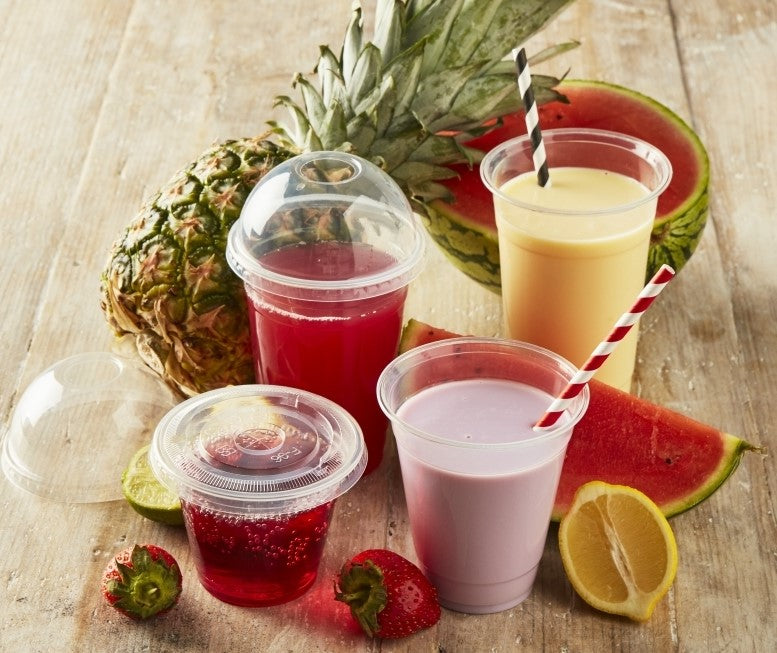RATED EXCELLENT
ON GOOGLE REVIEWS

In light of the upcoming ban on the supply of single-use plastics in England, which will come into effect in October 2023, what are the benefits of PLA & CPLA bioplastics in food and drinks to go packaging for catering supplies?

The whole concept evolves around the need to offer environmentally friendly and sustainable food and drink packaging options for takeaways and catering supplies, whilst fulfilling customer demands in terms of product’s requirements and characteristics.
Benefits of CPLA and CPLA products
For instance, there are practical considerations to be taken into account when it comes to food and drinks to go, such as:
This is why manufacturers use food grade bioplastics such as PLA linings in cold drink cups and hot drinks cups for example and CPLA for cup lids.

How is PLA environmentally friendly?
PLA (which stands for polylactic acid) and CPLA are environmentally friendly compostable bioplastics made from plant-based materials and natural sugars such as corn starch, cassava, sugar cane and sugar beet.
To illustrate the process, extracted corn starch in the form of glucose is fermented to produce lactic acid which is transformed into a polymer and then into pellets known as resin. From there, the PLA pellets or resin, are either extruded into a sheet or film, injection moulded or spun into fibres.
Because it’s a plant-based material, PLA is also:
This means it can completely break down in the right environment rather than decay into harmful micro-plastics. Because it can decompose, it's therefore commonly used in food packaging like cups, plates and cutlery, making it an eco-friendly alternative to traditional single-use plastic. What’s more, both PLA & CPLA require 65% less energy to produce than traditional plastics. PLA catering disposable packaging can biodegrade within 12 weeks in commercial composting, and as they are made from plants, use lower carbon energy, renewable or recycled materials, they contribute to sustainable packaging.

Food applications include Biodegradable food and drink packaging, for example:

What is the difference between PLA & CPLA?
PLA is best used for up to 40°C or 105°F. For products that require higher heat resistance, such as cutlery or coffee cup and soup cup lids, chalk is added to the PLA to act as a catalyst, followed by a rapid heating and cooling process of the PLA resin during production, resulting in CPLA being heat resistant to 90°C or 194°F.
